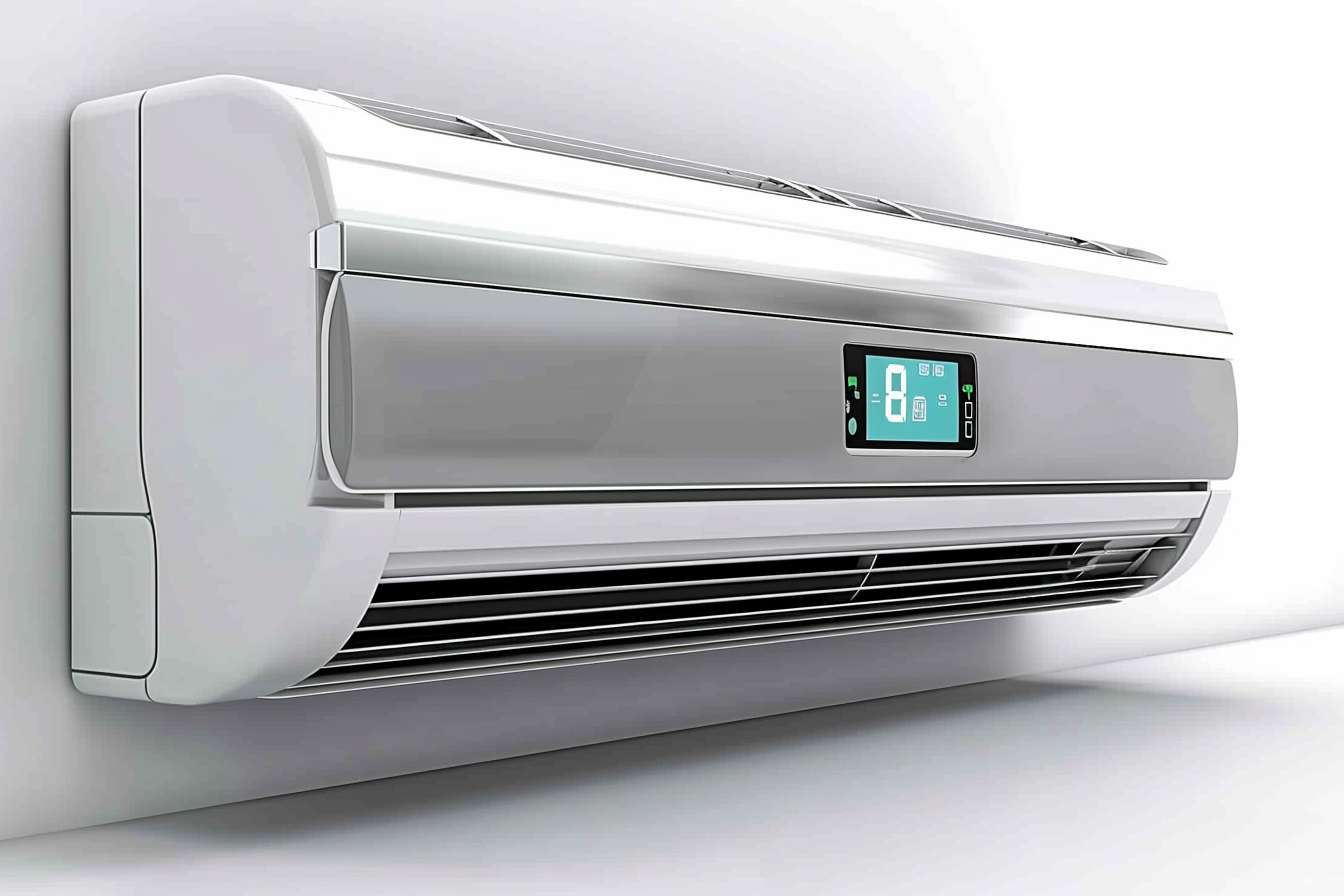How Families Are Talking About Heating Costs and Smart Thermostats in 2025
In 2025, rising awareness of energy use has put home heating in the spotlight. Families are discussing how smart thermostats fit into this shift, combining convenience, comfort, and more control over daily living. These devices aren’t guaranteed solutions, but they highlight how technology is shaping conversations about heating costs, efficiency, and smarter homes.

What’s driving family discussions about heating costs in 2025?
Energy costs remain a significant household expense in 2025, with families increasingly focused on understanding their consumption patterns. Many households report that heating represents between 30-50% of their winter utility bills, making it a natural focal point for budget-conscious conversations. These discussions typically intensify during seasonal transitions when families prepare for changing weather patterns and anticipated cost fluctuations.
Economic factors, including inflation and energy market volatility, have prompted more detailed family budget planning sessions where heating costs feature prominently. Parents are increasingly involving children in age-appropriate conversations about energy usage, creating teaching moments about resource conservation and financial literacy. These family discussions reflect a broader societal shift toward conscious consumption and strategic household management.
How are smart thermostats changing home energy management?
Smart thermostats have evolved significantly by 2025, offering capabilities that go beyond simple temperature scheduling. Today’s devices incorporate machine learning algorithms that analyze household patterns, weather forecasts, and energy pricing to optimize heating cycles. This intelligence allows systems to make micro-adjustments throughout the day, maintaining comfort while minimizing energy waste.
Families particularly appreciate features like zone-based heating control, which allows different temperature settings for various home areas, addressing a common source of household temperature preference conflicts. Voice integration with virtual assistants has become standard, enabling natural language instructions that simplify interaction for all family members, regardless of technical proficiency. The ability to access and adjust settings remotely has proven especially valuable for families with unpredictable schedules.
Why are smart devices catching more attention this year?
Several factors have aligned in 2025 to heighten interest in smart thermostats. Enhanced interoperability with broader home systems has created more compelling value propositions, as these devices now serve as central hubs for comprehensive energy management. Improved user interfaces have significantly reduced the technology barrier that previously deterred less tech-savvy homeowners.
Environmental consciousness continues to rise, with families increasingly seeking ways to reduce their carbon footprint while maintaining comfort. Smart thermostats offer concrete, measurable impact in this area, with most systems providing detailed energy usage reports and conservation recommendations. Government incentives have expanded in many regions, offering tax credits or utility rebates that substantially offset initial investment costs, making smart technology accessible to more households.
How do energy use patterns shape home technology conversations?
Families are becoming more sophisticated in analyzing their energy consumption data, using insights from smart home systems to make informed decisions. Discussions increasingly focus on balancing immediate comfort with long-term sustainability goals, with parents and children collaboratively establishing household energy policies. These conversations often extend beyond thermostats to include complementary technologies like smart vents, window coverings, and insulation solutions.
Seasonal usage patterns receive particular attention, with families developing distinct strategies for winter heating versus summer cooling. Many households report using the detailed usage statistics from their smart systems to conduct “energy audits” that identify inefficiencies and opportunities for improvement. This data-driven approach has transformed abstract concepts like energy conservation into concrete, actionable insights that resonate with family members of all ages.
What smart home gadgets are shaping daily comfort in 2025?
While smart thermostats remain central to home climate control, they now operate within a broader ecosystem of comfort-enhancing technologies. Connected humidity controllers work alongside thermostats to maintain optimal indoor air quality, addressing both comfort and health concerns. Presence sensors have become more sophisticated, detecting not just occupancy but activity levels to adjust temperature settings accordingly.
The integration of window and door sensors helps thermostats respond intelligently to breaches in the home’s thermal envelope, temporarily adjusting heating patterns when openings are detected. Smart ceiling fans coordinate with heating systems to optimize air circulation and temperature distribution throughout living spaces. Together, these technologies create comprehensive comfort systems that adapt to household needs with minimal manual intervention.
Smart Thermostat Market and Cost Comparison in 2025
The smart thermostat market has matured significantly, offering solutions across various price points and feature sets. Major technology companies and traditional HVAC manufacturers compete in this space, creating a robust marketplace with options for different household needs and budgets.
| Smart Thermostat | Provider | Key Features | Cost Estimation |
|---|---|---|---|
| EcoSense Pro | Nest/Google | AI learning, zoned control, air quality monitoring | $199-249 |
| Climate IQ 5.0 | Ecobee | Voice control, occupancy sensing, humidity management | $179-229 |
| SmartControl Ultra | Honeywell | Weather adaptation, energy reports, geofencing | $149-199 |
| EnergyMinder Plus | Amazon | Alexa integration, usage forecasting, room-specific control | $129-179 |
| ComfortLink Pro | Carrier | HVAC system integration, maintenance alerts, energy optimization | $219-269 |
Prices, rates, or cost estimates mentioned in this article are based on the latest available information but may change over time. Independent research is advised before making financial decisions.
Monthly energy savings from smart thermostats typically range from $20-45 during peak heating months, with most families reporting payback periods between 1-2 years. Installation costs vary depending on existing home systems, with DIY-friendly models offering significant savings over professional installation options. Many utility companies continue offering rebate programs that can reduce initial costs by $50-100, making the technology more accessible to budget-conscious households.
How families are measuring smart thermostat return on investment
Families have moved beyond simple payback calculations when evaluating smart thermostats, considering both tangible and intangible benefits. Energy bill reductions remain important, with households typically documenting savings of 10-15% on heating costs compared to conventional thermostats. However, equally valuable to many families are improvements in comfort consistency, reduced manual adjustments, and the peace of mind that comes with remote monitoring capabilities.
The integration of smart thermostats into home maintenance systems has created additional value, with predictive alerts helping prevent costly HVAC failures through early detection of potential issues. Many families report that the initial investment decision focused primarily on financial factors, while satisfaction over time has been heavily influenced by lifestyle enhancements and convenience. As these systems continue evolving, families increasingly view them not as luxury items but as practical tools for modern household management.




